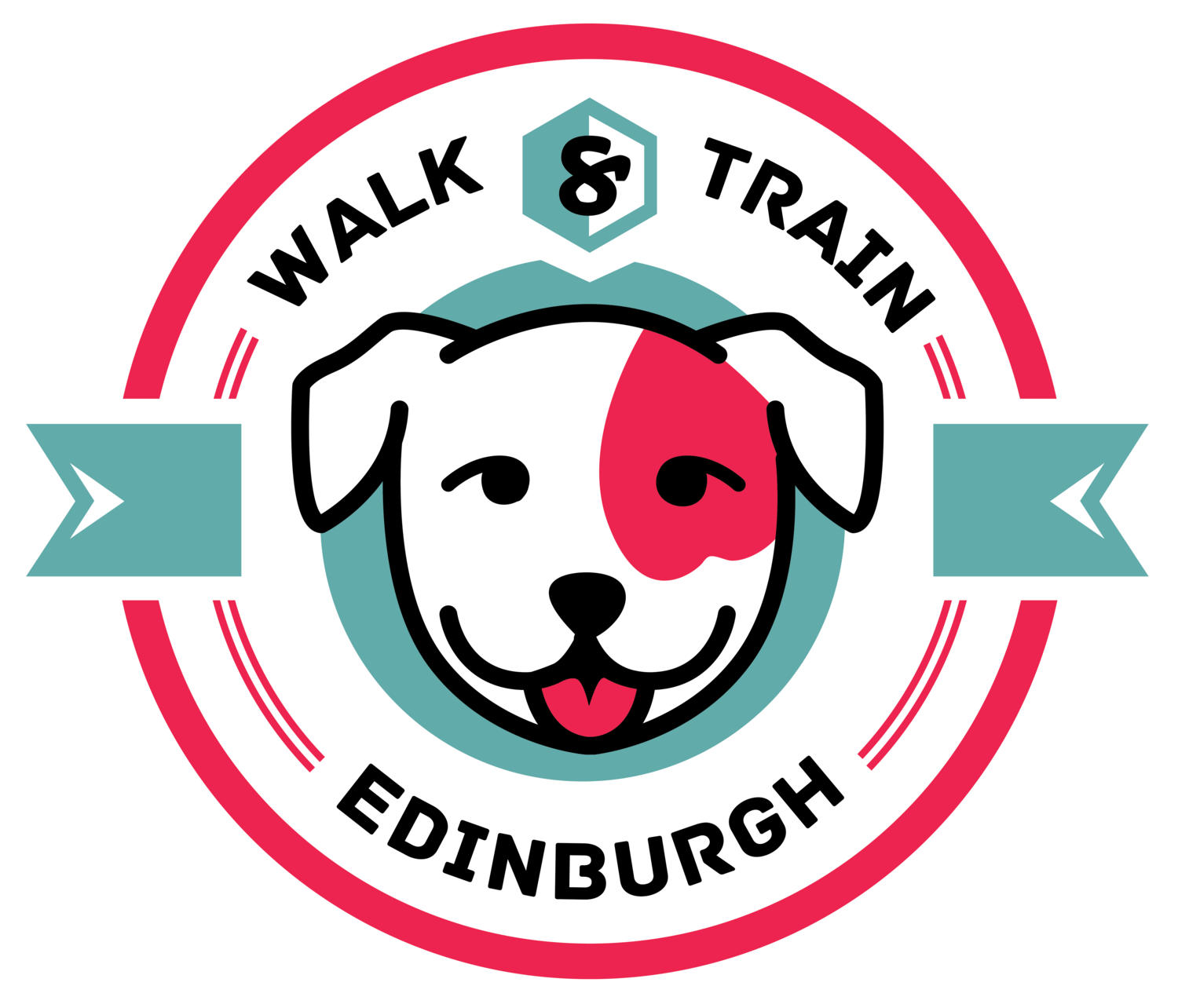Health
Ensuring that your dog’s general health is good is crucial for overall wellbeing, stress reduction, and improved behaviour. The three cornerstones are exercise (mental and physical activity), rest (passivity and learning to be calm), and quality food (see our blog post How to Choose Kibble). Here are some other aspects to keep in mind.
1. Weight
Dog obesity is unfortunately becoming more common. Dogs that are not kept at ideal weight increase their risk for hip, elbow, and other joint-related diseases. As the majority of dogs are a bit overweight, comparing your dog’s body shape to other dogs on walks is not a good measurement. Your dog’s waist should be clearly distinguishable from above, its belly tucked when seen from the profile, and its ribs should be easily felt.
Pet food companies often suggest quiet generous portions (this helps to increase sales). Dogs also have different food consumption needs depending on their metabolism and activity level. The best indication of whether you are feeding your dog a good amount of food is your dog’s body.
How to check your dog’s body condition:
2. Nails
Overgrown nails can affect the dog’s entire skeletal system and posture. If you have not trimmed your dog’s nails in a while, the quick (with blood vessels, and nerves) will grow out with the nail, and you will only be able to clip a tiny piece off at once. Cut your dog’s nails often to help push the quick back. If an accident would happen, use superglue to seal up the wound, this also acts as a protective surface to prevent the nail from scratching open again next time you are on a walk. I clip my dogs’ nails once per week. If your dog does not like having its nails trimmed, this is a great training opportunity.
3. Teeth
By keeping your dog’s teeth and gums healthy, you can prevent it from ever having to go under anaesthetics for dental procedures. The best way to maintain good mouth hygiene is by brushing your dog’s teeth and making sure your dog regularly has access to chews. Avoid chew treats like Denta Stix which are mostly filled with starch and artificial flavouring, and rawhide bones which are difficult to digest and run a risk of causing your dog an intestinal blockage. Instead, use raw bones from beef or lamb with plenty of meat and fat on (remove when the dog has chewed through this layer as the bone itself is quite hard), deer antlers (for enthusiastic chewers, be careful though as they are very hard), kongs, bones made from compressed tripe, or carrots. My dogs get buffalo horns every second day or so. Do not give your dog cooked bones as they splinter easily and could harm your dog.
If you have any concerns about your dog’s body, or think it might be in pain, we recommend VetKind and Lisa Cleeton (canine physiotherapist).
None of the graphs used in this blog post were made by me, but I can't remember where on the internet I found them! Sorry!




